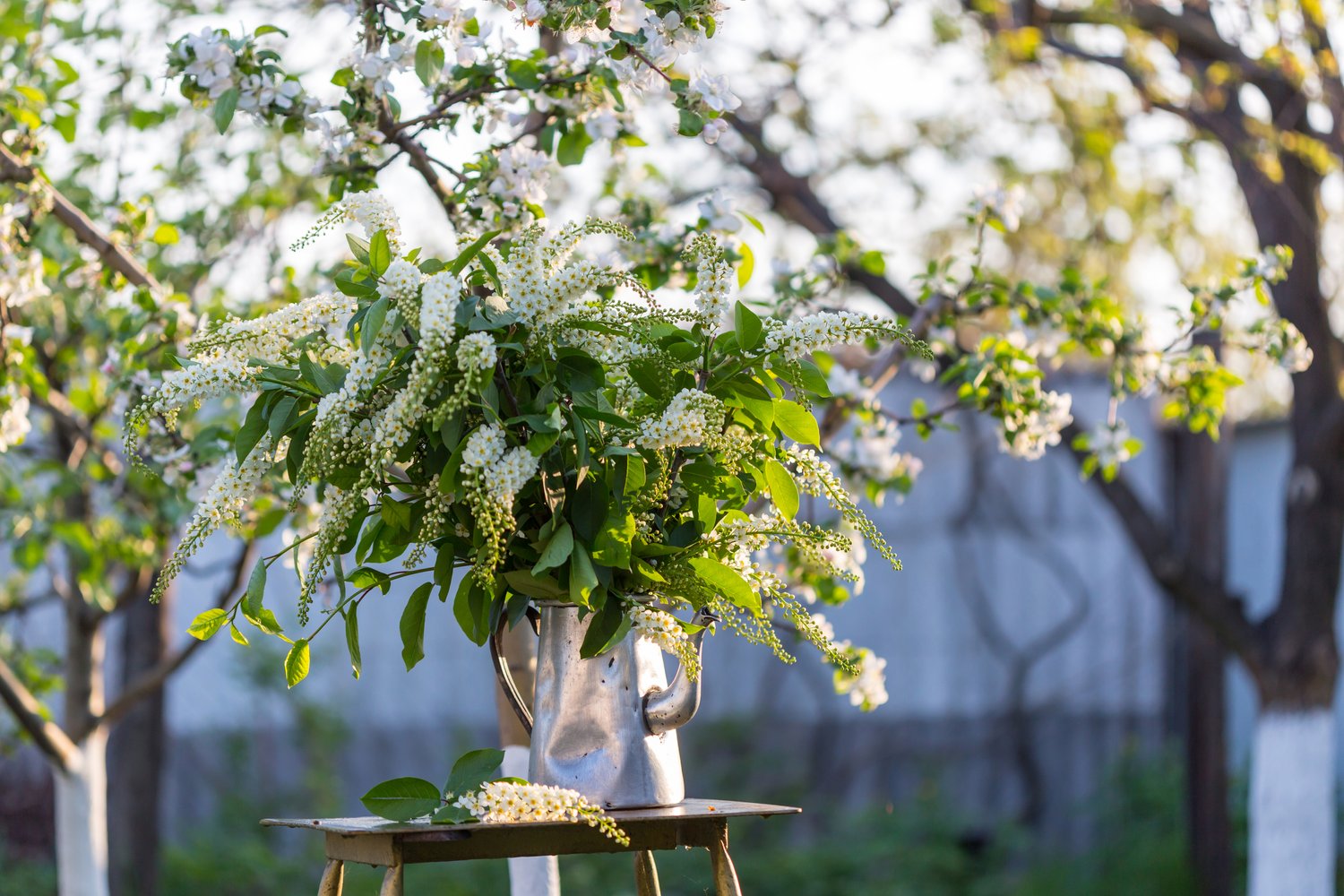Urban living often comes with the challenge of limited outdoor space, but this doesn’t mean you have to sacrifice your connection with nature. Vertical gardens offer an innovative solution for bringing lush greenery into compact areas by utilizing walls, fences, and vertical structures. These living tapestries not only beautify your surroundings but also improve air quality and create a sense of tranquility in urban environments. In this article, we’ll explore how to design, install, and maintain stunning vertical gardens that transform even the smallest balcony or patio into a verdant retreat.
Understanding Vertical Gardens
Vertical gardens, also known as living walls or green walls, are essentially gardens that grow upward rather than outward. This ingenious approach to small space gardening allows urban dwellers to enjoy the benefits of plants without sacrificing valuable floor space. The concept has ancient roots—think of the Hanging Gardens of Babylon—but has evolved into sophisticated systems suitable for modern homes and apartments. Today’s vertical garden ideas range from simple hanging pot arrangements to elaborate living wall designs that cover entire building facades.
The beauty of vertical gardening lies in its versatility. Whether you have a tiny balcony in a high-rise apartment or a small courtyard surrounded by walls, vertical techniques can maximize your growing area exponentially. For those with limited horizontal space but abundant vertical surfaces, these gardens create opportunities to grow decorative plants, herbs, and even some vegetables in previously unused areas.
Benefits of Going Vertical
Beyond the obvious space-saving advantages, vertical gardens offer numerous benefits that make them ideal for urban environments. These living installations act as natural insulators, helping to regulate temperature and reduce energy costs by providing shade in summer and insulation in winter. They also absorb noise pollution, creating a more peaceful atmosphere in busy urban settings.
From an environmental perspective, vertical gardens contribute to improved air quality by filtering pollutants and producing oxygen. They can also help manage rainwater runoff in urban areas. Psychologically, surrounding yourself with greenery has been proven to reduce stress and enhance well-being—something particularly valuable in concrete-dominated cityscapes.
Selecting the Right System
When planning your vertical garden, the first step is choosing an appropriate system for your space and skill level. Modular panel systems provide a structured approach to living wall design, with pockets or cells that hold growing medium and plants. These can be purchased as ready-made units or built from scratch using materials like geotextile fabric, plastic, or metal frames.
Pocket planters and hanging bag systems offer a more affordable and flexible option for balcony garden solutions. These fabric pockets can be hung on railings or mounted to walls, allowing for easy reconfiguration as your garden evolves. For those seeking simplicity, traditional hanging pots or stacked containers arranged on shelves or ladder structures can create striking vertical displays without complex installation requirements.
As experts at AskHomey suggest, it’s important to consider the weight-bearing capacity of your walls or balcony before installing any vertical garden system. Some comprehensive living wall systems can become quite heavy when saturated with water, potentially causing structural issues if not properly supported.
Choosing Plants for Vertical Gardens
Plant selection is crucial for vertical garden success. For outdoor vertical gardens, consider your local climate, the amount of sunlight your space receives, and how exposed your garden will be to wind and weather. Succulents and sedums work wonderfully in sunny, dry locations due to their drought tolerance and shallow root systems. For partially shaded areas, ferns, hostas, and heucheras can create lush, textured displays.
Herbs make excellent vertical garden candidates, offering both beauty and functionality. Rosemary, thyme, sage, and mint thrive in vertical settings and provide fresh ingredients just steps from your kitchen. Flowering plants like petunias, verbena, and lobelia can add vibrant color to your vertical garden, while cascading varieties such as ivy, creeping jenny, and trailing begonias create dramatic waterfall effects.
For small space gardening in vertical contexts, compact varieties of vegetables can also be incorporated. Cherry tomatoes, compact peppers, lettuce, and strawberries can all be grown vertically, turning your decorative garden into a productive food source.
Installation and Maintenance
Setting up your vertical garden requires careful planning. Begin by assessing your wall or structure for sunlight exposure, weight capacity, and accessibility for maintenance. Install a moisture barrier if mounting directly on building walls to prevent water damage. Ensure your system includes proper irrigation—either built-in drip systems for larger installations or manual watering access for smaller gardens.
Maintenance is simplified when vertical gardens are designed thoughtfully. Group plants with similar water and light requirements together to avoid overwatering some while underwatering others. Incorporate easy access points for reaching all plants, especially in larger living wall designs. Regular pruning keeps your vertical garden looking its best and prevents overgrowth that can strain mounting systems.
Seasonal Considerations
Vertical gardens, particularly those on balconies or exposed walls, may require seasonal adjustments. In colder climates, consider how you’ll protect tender plants during winter—either by selecting cold-hardy varieties or creating temporary protection. Spring and fall are ideal times for major replanting or system maintenance, while summer may require more frequent watering due to increased evaporation in vertical structures.
By thoughtfully designing your vertical garden with seasonal changes in mind, you can create a dynamic living wall that evolves throughout the year, providing continuous interest and beauty in your small outdoor space.
For more tips and to connect with reliable home service professionals, follow AskHomey on Facebook and Instagram.



